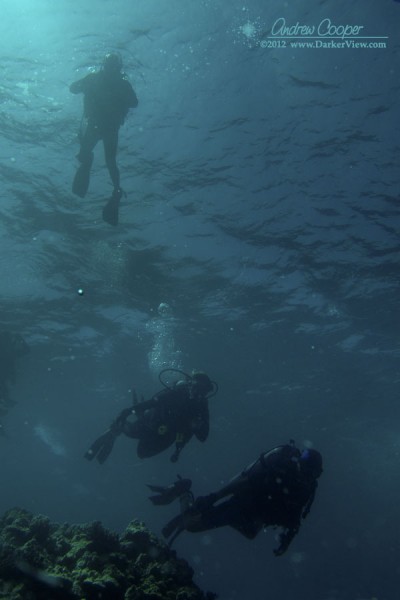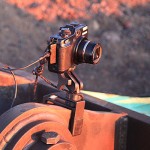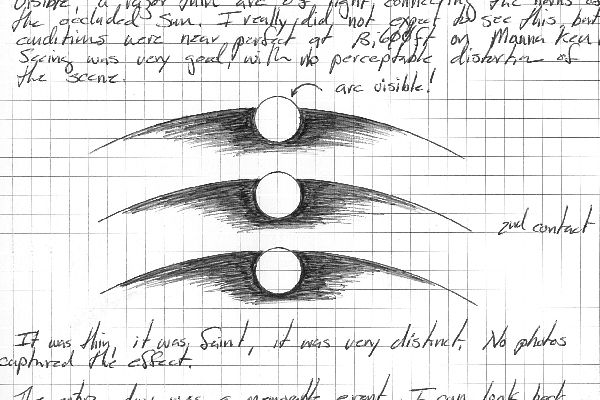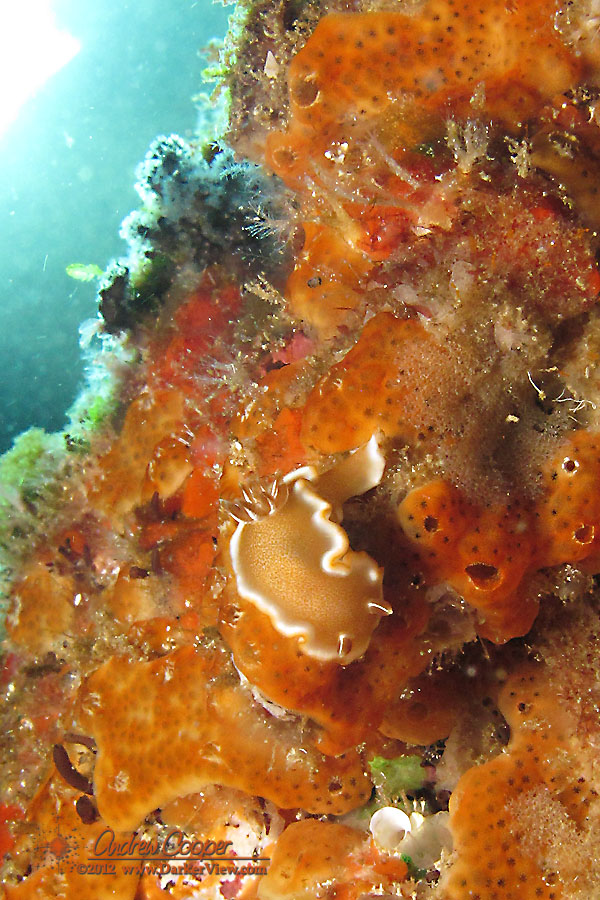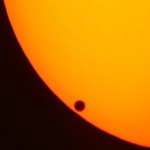Almost a week later and the comments keep coming in… E-mails to the observatory, comments on my blog, people are still pulling me aside to offer their comments in person. It is somewhat overwhelming. Did we really manage to do this?
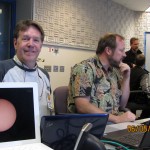
I spent 6 and change hours with you guys and I really appreciated your dedication to keeping everything up and running for us all around the world. HATS OFF YOU YOU ALL! – Kyle
We are in currently rainy Western Australia, and your webcast was the only way that we got to see the transit at all. My kids’ primary school all tuned into you at some point during the day. 🙂 – Carina
I have been reading the comments as they come in. It is truly gratifying that we managed to share this unique event with so many people.
You made my wife’s day! She was stuck at work & had you and the Keck team in the background for the entire transit! She is eternally grateful! Mahalo nui loa! – Joel
I watched your webcast of the transit from start to finish (with a few breaks here and there). What a great job you guys did! Fascinating, funny and I learned a lot in the process. Thank you for your efforts, and I too look forward to other webcasts from Keck. – Carol
I do not expect we will be doing this again right away. It takes the right sort of event. The one previous webcast was during the close approach of the asteroid 2005 YU55 in November of 2011. That time we webcast from the remote operations room in Waimea. It was also a good success, with great cooperation from the astronomers doing the observation. Need to take advantage of the best opportunities.
Thank you all for your hard work and dedication. I signed on t minus 10 min and stayed until you guys went off the air. I enjoyed myself the entire time. I know for a fact that a lot of people learned tons during this broadcast. My wish, hope and dream is that you continue to do events like this. You all gave it such a warm (beep) behind the scenes feel that made us all feel “part of the science.” The picture in picture was awesome and the graphics support mid-show was much appreciated. I can’t wait until next time! – Eric
We supported an average of between 5k and 6k viewers at any given time, with a total of over 100,000 live views. This viewer count may have badly underestimated the actual number of viewers, often the feed was being shown to large crowds at other public venues. Andrea Ghez mentioned that they were showing our feed at the UCLA event, the feed was on at at least two schools, and our own crowded Hualalai auditorium at Keck Headquarters in Waimea. I keep learning of other crowds the feed was shown to…
“Our observatory in Sonoma County was clouded out much of the day so we had your feed up for our 300+ visitors to supplement live viewing between the clouds. After sunset I went home to watch the rest of the transit on UStream and read the firehose of comments. It was a giant star party! Thanks for all the effort. Best outreach ever!” – Cecelia
A great experience shared with so many people across the globe. Thanks to everyone who made the Transit of Venus such a great day… Our Keck crew and the viewers who were there with us.

